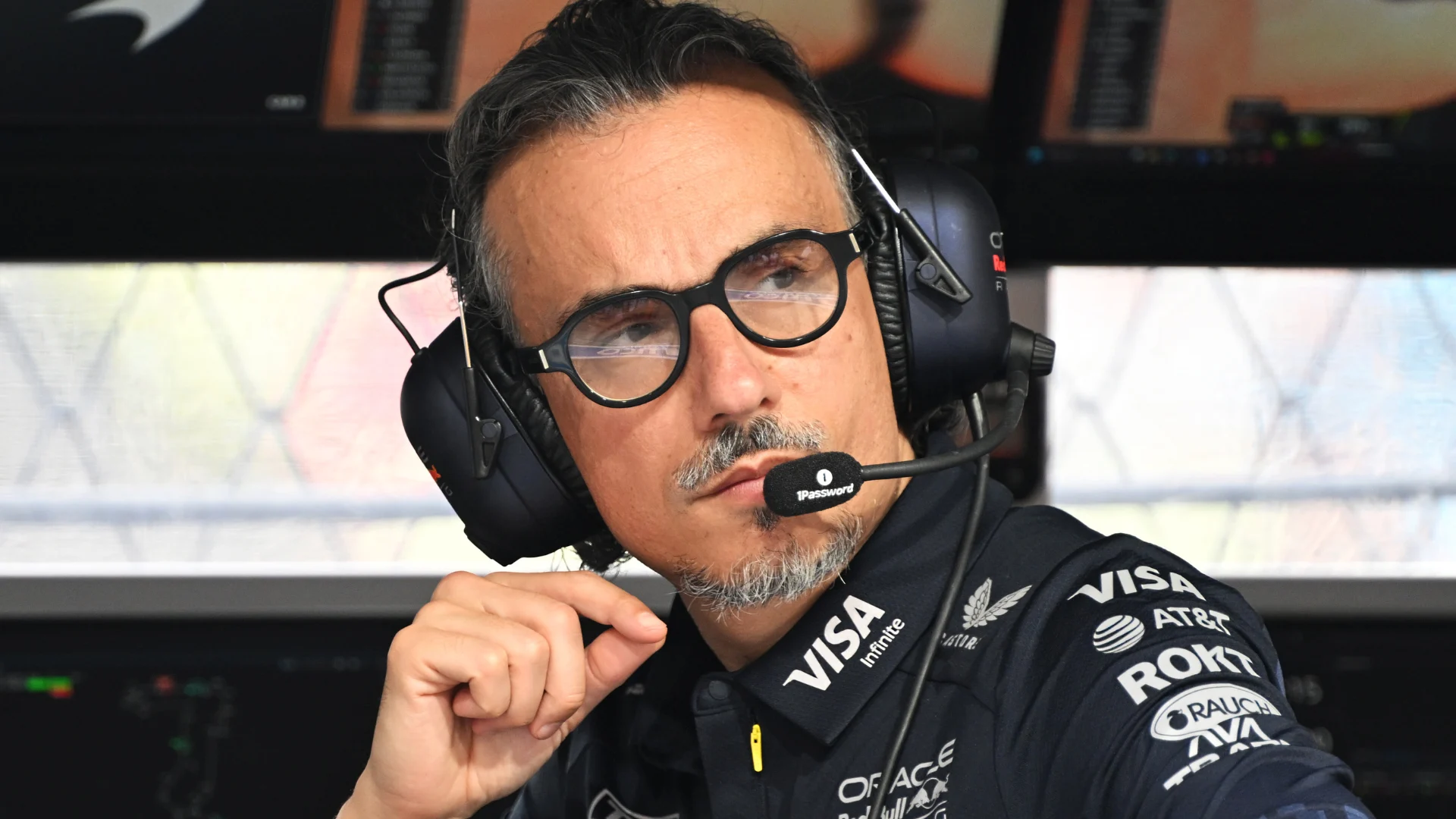Sky-watchers across Jersey were treated to a supermoon on Tuesday night.
A supermoon appears brighter and larger than other full moons in the evening sky and occurs when the Moon is at its closest point to the Earth.
The term was first coined in…

Sky-watchers across Jersey were treated to a supermoon on Tuesday night.
A supermoon appears brighter and larger than other full moons in the evening sky and occurs when the Moon is at its closest point to the Earth.
The term was first coined in…

Taylour Paige felt good putting on her exquisitely tailored Thom Browne trench for the American designer’s spring 2026 show at Paris Fashion Week. She was even more amped up by the “glorious” Thom Browne team’s reaction.
“I just loved…

India’s Lakshya Sen suffered a first-round exit at the Arctic Open 2025 after a straight-game defeat in the men’s singles badminton event in Vantaa, Finland, on Wednesday.
Competing at the Energia Areena against world No. 11 Kodai Naraoka of…


Pierre Gasly was frank in his assessment of how the Singapore Grand Prix went for Alpine after the Frenchman finished near the back of the pack in 19th place. With Franco Colapinto only 16th, this was the fifth race weekend in a row Alpine have…

Travis Kelce and Taylor…

Red Bull Team Principal Laurent Mekies admits that “being able to fight for the win” during the Singapore Grand Prix “means a lot” after Max Verstappen finished second in Sunday’s race.
The four-time and reigning World Champion entered the race…